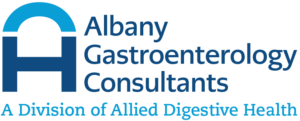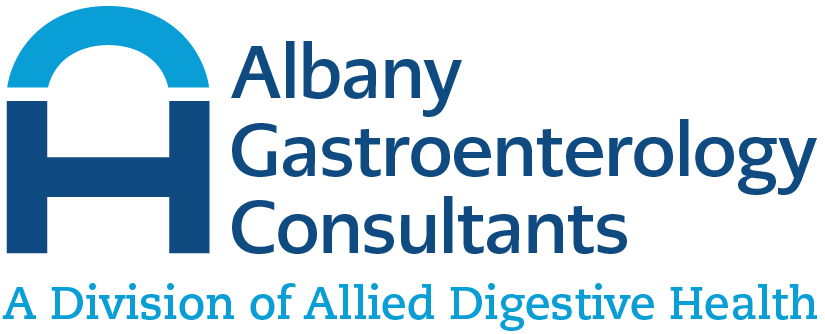What Is Difficulty Swallowing (Dysphagia)?
Dysphagia is the medical term for having difficulty swallowing. This difficulty can present differently in patients—several types of dysphagia and myriad conditions contribute to its development. It may take more effort to swallow food for some, and food moves more slowly. In more severe cases of dysphagia, the patient cannot swallow at all and needs immediate medical attention. If the root cause of dysphagia isn’t treated, more serious complications can occur, such as aspiration pneumonia.
What Are the Signs and Symptoms of Difficulty Swallowing (Dysphagia)?
The symptoms of dysphagia are noticeable and can seriously affect quality of life. Some of the symptoms associated with dysphagia include:
- Pain when swallowing
- A feeling that food is getting “stuck” behind the breastbone or in the throat or chest
- Chronic heartburn
- Hoarseness
- Drooling
- Regurgitation (food or bile coming back up)
- Gagging or coughing while swallowing
- Complete inability to swallow
- Unintended weight loss
These symptoms are similar to other GI disorders, and pain while swallowing can also be associated with conditions such as the common cold or streptococcal pharyngitis (strep throat). However, if your symptoms aren’t connected to another issue, and they persist for more than a day or two, you should contact your healthcare provider. If your dysphagia is accompanied by difficulty breathing, call emergency services immediately.
What Are the Different Types of Dysphagia?
There are two main types of dysphagia and many subtypes. In order for your physician to be able to treat you, they need to know what type of dysphagia it is. The different types of dysphagia are:
- Esophageal dysphagia. This type of difficulty swallowing deals with the feeling of difficulty swallowing or a feeling that something is getting “stuck” in the throat or chest. There are many causes of esophageal dysphagia, and they all fall under this category.
- Esophageal stricture. Stricture refers to the narrowing of the esophagus. When the esophagus is too narrow, food can become trapped. Scar tissue and tumors cause the narrowing, often as a result of long-standing gastroesophageal reflux disease (GERD).
- Achalasia. This is a rare disorder where the lower esophageal sphincter (LES) doesn’t relax enough to let food pass through the esophagus into the duodenum (small intestine).
- Esophageal tumors. The growth of tumors can cause the blockage of food.
- Diffuse spasm. In this condition, the esophagus becomes spasmodic, causing difficulty swallowing.
- Scleroderma. Scleroderma is when scar tissue causes the LES to weaken and food to come back up into the throat. It also weakens esophageal contractions, thus making it more difficult for food to be propelled down into the stomach.
- Gastroesophageal reflux disease (GERD). Gastroesophageal reflux disease is a severe form of acid reflux. Over time, tissues are damaged by stomach acid, and either a spasmodic esophagus or stricture can occur as a result.
- Eosinophilic esophagitis. Doctors believe eosinophilic esophagitis may be the result of a food allergy or sensitivity. It also can be caused or triggered by GERD. This leads to inflammation and scar tissue building up in the esophagus, which can then cause food to move more slowly or get stuck in the esophagus .
- Radiation therapy. An unfortunate side effect of radiation treatment is stricture and inflammation.
- Esophageal ring. This is a thin area in the lower esophagus that is weakened by stomach acid, which in turn causes stricture.
- Foreign bodies. Swallowing a foreign body can lead to dysphagia, as the object can become stuck. This is a common type of dysphagia in children.
- Oropharyngeal dysphagia. This type of dysphagia is associated with weakened or impaired function of the throat muscles. If your throat muscles are weakened or are not working in a coordinated way , food can have difficulty passing from the throat into the esophagus. Just as with esophageal dysphagia, it has several causes:
- Cancer. Different types of cancer can cause oropharyngeal dysphagia, such as throat cancer. Also, treatments for cancer (such as radiation) can cause difficulty swallowing.
- Neurological damage. The after-effects of a neurological disruption, such as a stroke, can cause difficulty swallowing.
- Neurological disorders. Disorders such as Parkinson’s disease and multiple sclerosis can cause dysphagia.
- Pharyngoesophageal diverticulum (Zenker’s diverticulum). In Zenker’s diverticulum, a pouch develops in the throat, typically above the esophagus. The pouch collects food particles, which can lead to dysphagia, bad breath, gurgling, and repeated throat clearing.
How Is Difficulty Swallowing (Dysphagia) Diagnosed?
Your gastroenterologist will ask about your symptoms, followed by a physical exam. In order to confirm a diagnosis of dysphagia, your physician may order diagnostic testing. Diagnostic testing for difficulty swallowing includes:
- X-ray with barium (contrast). This noninvasive test has you drink a barium solution, which “lights up” your esophagus on an X-ray.
- Upper Endoscopy. A long, thin tube is inserted into the mouth with a small camera attached, allowing your doctor to closely view your esophagus.
- Dynamic swallowing study. You swallow a barium solution and then eat certain foods. Your doctor will monitor how the food travels through the gastrointestinal tract because the barium allows them to see the pathway.
- Imaging tests. These could consist of X-ray, CT scans, or MRIs.
- Fiber-optic endoscopic evaluation of swallowing (FEES). This is a procedure that uses endoscopy to examine the throat.
- Esophageal muscle test (manometry). A small tube is inserted into the esophagus during this procedure, and pressure is applied through the tube to monitor the muscle contractions as you eat.
How Is Difficulty Swallowing (Dysphagia) Treated?
The treatment for dysphagia depends upon the root cause. If you have oropharyngeal dysphagia, your doctor may refer you to a swallowing therapist or a speech pathologist. The primary treatment for oropharyngeal dysphagia is therapy. This can include exercises to help you strengthen your swallowing muscles, or learning swallowing techniques, such as repositioning of the head or learning new ways to eat food. This is a standard treatment when dysphagia is caused by Alzheimer’s disease or Parkinson’s disease.
There are many more treatment options for esophageal dysphagia. These include:
- Medication. If your dysphagia is caused by GERD, medication such as proton pump inhibitors and corticosteroids is often prescribed.
- Esophageal dilation. Using an endoscope, your gastroenterologist will insert a balloon through the scope, then inflate it. This is the first-line treatment for stricture—as the balloon expands, it widens the esophagus.
- Diet. Your physician may prescribe you a special diet to arrest symptoms.
- Surgery. In cases of tumors or other types of blockages, surgery may be necessary.
If you have difficulty swallowing for more than a day or so, or the dysphagia is so severe you have difficulty breathing or can’t swallow food at all, call your gastroenterologist immediately.

